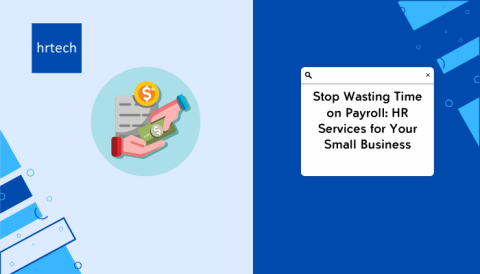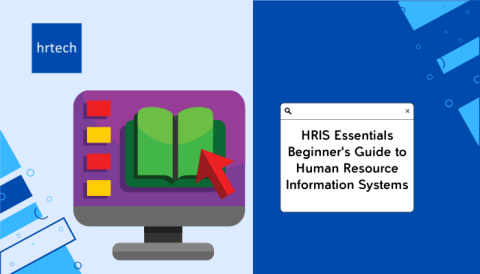As sustainability becomes a core element of corporate strategy, businesses are seeking smarter and faster ways to integrate environmentally conscious practices into their operations. One of the most transformative forces accelerating this shift is Generative AI (Gen AI). From energy optimization to responsible sourcing, Gen AI is reshaping how businesses think, plan, and act to meet their sustainability goals—not just to satisfy compliance, but to drive long-term impact and innovation.
This article explores how Gen AI empowers organizations to embed sustainability at every level of decision-making, and why professionals are now turning to advanced programs like an IIM sustainability course to lead these initiatives effectively.
1. Gen AI Enhances Data-Driven Sustainability Decisions
Sustainability requires vast amounts of accurate, real-time data—from carbon emissions to supply chain footprints. Generative AI helps companies analyze and interpret this data at scale.
Gen AI can process unstructured environmental data from reports, sensors, or satellite images and generate meaningful insights that guide sustainable actions. For example, AI models can predict the environmental impact of different production methods, helping manufacturers choose greener alternatives.
Moreover, Gen AI tools enable real-time ESG (Environmental, Social, and Governance) reporting by automatically generating summaries and dashboards from raw sustainability data. This supports better transparency and ensures businesses stay on track with compliance requirements and internal benchmarks.
2. Optimizing Supply Chains for Sustainability
Supply chains account for a major share of a company’s carbon footprint. Gen AI is being used to optimize logistics, reduce fuel consumption, and source more sustainable materials.
By generating simulations of supply chain models under different conditions, Gen AI helps companies visualize and plan for the most resource-efficient outcomes. It can recommend suppliers with better sustainability records or flag those that may increase environmental risks.
Retail and manufacturing firms are using AI-generated models to reduce packaging waste, eliminate unnecessary transportation routes, and even forecast sustainability risks due to climate-related disruptions.
3. Supporting Sustainable Product Innovation
One of Gen AI’s most promising applications is in sustainable design and R&D. Designers and engineers can use Gen AI tools to generate thousands of iterations of a product—each optimized for material use, lifecycle impact, and energy efficiency.
For example, in architecture, Gen AI can create building blueprints that reduce energy usage through smart placement of windows, solar panels, or natural airflow systems. In consumer goods, AI tools can design packaging that uses biodegradable materials without compromising durability.
This kind of eco-innovation not only reduces environmental impact but also supports companies in differentiating themselves in a competitive, eco-conscious market.
4. Predictive Environmental Modeling
Gen AI is helping businesses plan for the future by predicting environmental scenarios and recommending responses.
Energy companies, for instance, are using AI-generated models to forecast renewable energy output based on weather and usage data. This helps manage energy loads more efficiently, reducing wastage and ensuring consistent supply.
Urban planners and municipalities are leveraging AI tools to model pollution patterns, water consumption, and climate risks, leading to smarter city planning and resilient infrastructure.
5. Automating Sustainability Reporting and Compliance
Sustainability reporting is complex and time-consuming, often requiring inputs from multiple departments and data sources. Gen AI can automate much of this work by generating comprehensive, human-readable reports aligned with frameworks like GRI, TCFD, or the EU Green Deal.
These AI-powered reports can extract insights from various databases, translate them into stakeholder-friendly formats, and even simulate how different strategies would affect a company’s ESG scores.
This helps sustainability managers focus more on strategy than paperwork—and ensures that businesses meet regulatory demands without unnecessary delays.
6. Empowering Leaders Through Knowledge
While Gen AI offers powerful tools, businesses need leaders who understand how to apply them within the sustainability context. That’s why many professionals are now enrolling in specialized programs like the IIM sustainability course.
These courses are designed to equip professionals with a deep understanding of sustainable business strategies, ESG frameworks, climate risk analysis, and the role of emerging technologies like AI in environmental transformation.
An IIM sustainability course blends academic rigor with real-world applications, enabling learners to become change agents in their organizations. They gain the skills to align AI capabilities with sustainability frameworks, manage cross-functional ESG initiatives, and create measurable business value.
7. Real-World Examples of Gen AI in Sustainability
- Unilever has used AI models to optimize product formulations that meet environmental and consumer safety standards.
- Siemens applies generative AI in building automation systems to improve energy efficiency.
- Amazon uses AI to minimize packaging waste and improve transportation logistics, reducing carbon emissions across its supply chain.
These examples demonstrate how Gen AI is not just theoretical—it’s actively driving impact in leading organizations.
Conclusion
Generative AI is proving to be an essential ally in the global movement toward sustainability. It enables companies to make smarter decisions, optimize operations, design eco-friendly products, and report on progress with greater ease and accuracy.
However, the true power of Gen AI lies in the hands of informed leaders—those who understand how to bridge the gap between AI capabilities and environmental responsibility. Investing in a sustainability course or an advanced IIM sustainability course empowers professionals with the knowledge and tools to lead sustainable transformation effectively.
In the end, achieving sustainability goals isn’t just about cutting emissions or saving costs—it’s about building a future where businesses thrive while the planet prospers. Generative AI is making that future possible, today.







